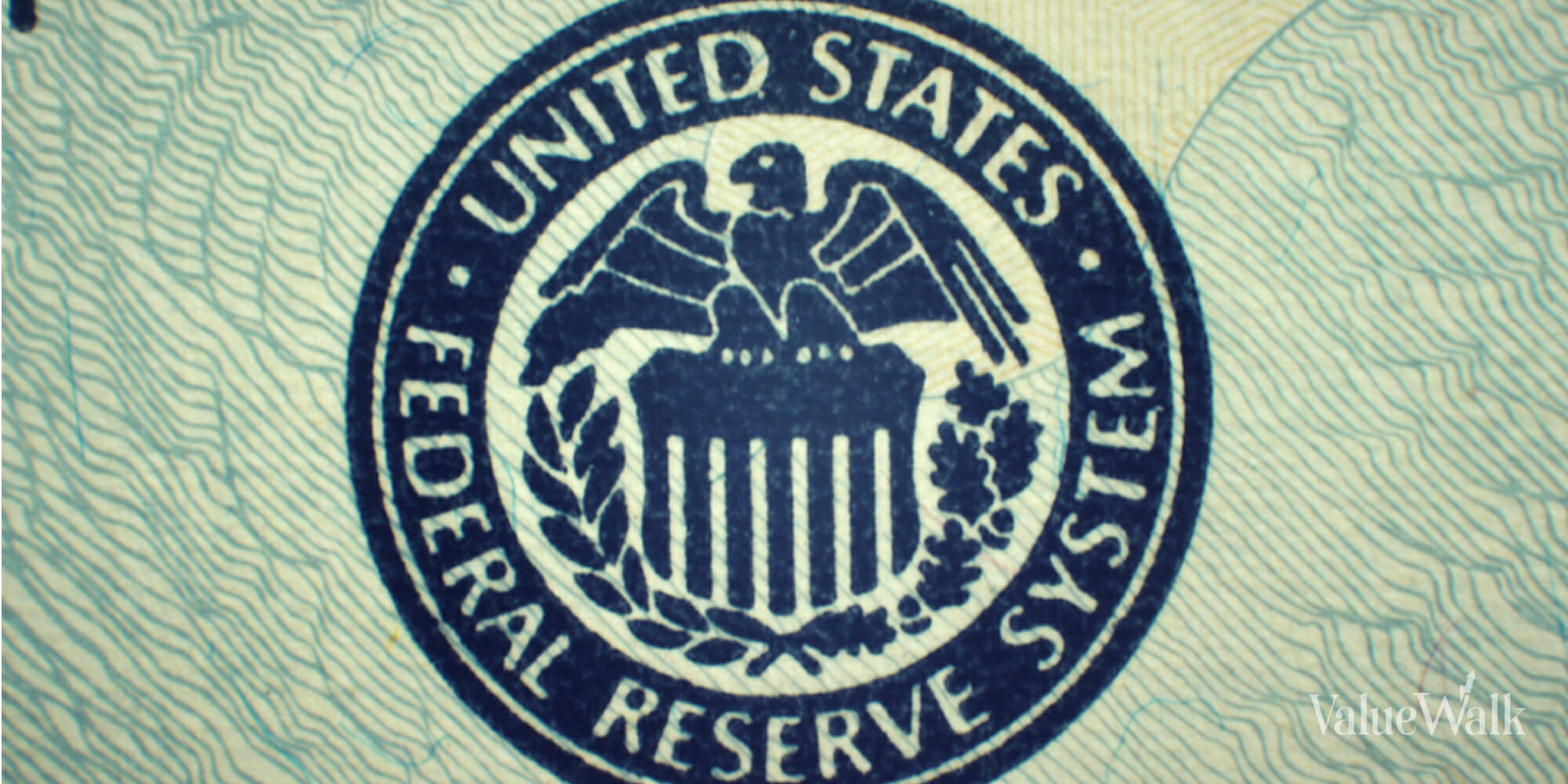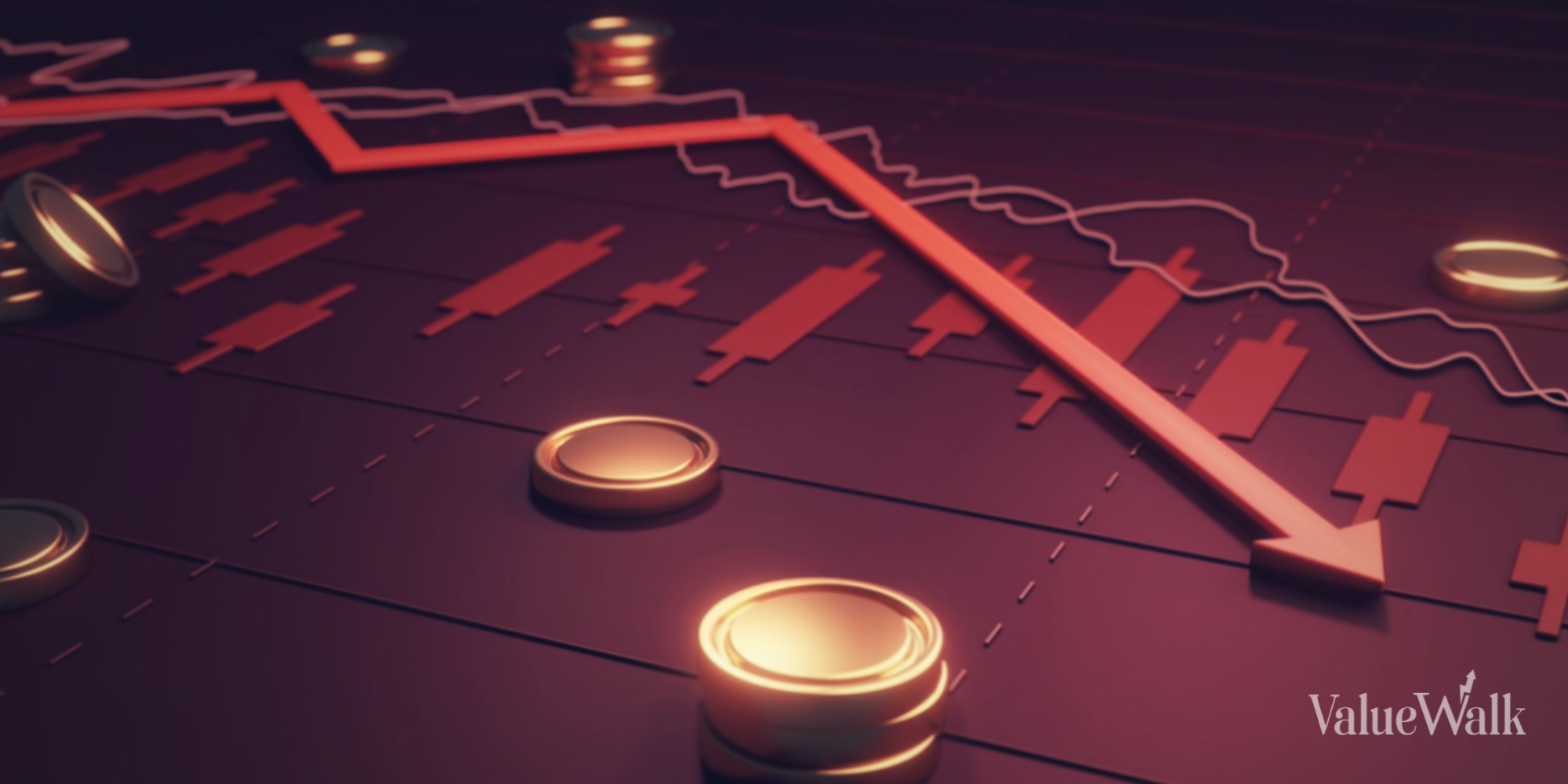I never had the privilege to interview the famous investor Sir John Templeton. But one of my own financial mentors did.
Some of you may remember the name of Paul Kangas. For three decades, he was basically the “Walter Cronkite” of financial television … long before CNBC, Fox Business and Bloomberg joined the game.
I remember Paul flying out with a camera crew to interview Templeton at his home in The Bahamas, right at the height of the runaway housing boom. Asked his opinion of the U.S. stock market, Templeton said it was on “dangerous ground.”
How right he was.
Templeton was no perma-bear. His success as an investor was well-known; his growth mutual fund compiled an average return of 14.5% between 1954 and 1992 when he retired. Not a day goes by that someone doesn’t recite his adage to “buy at the point of maximum pessimism.”
But Templeton was no perma-bull either. I keep in mind what Templeton said in that 2005 interview: “When the crowd is overenthusiastically trying to buy, help them — and sell.”
Today, it looks like a growing crop of billionaires is doing just that…
Let’s call them the “billionaire bears club.”
Until a few weeks ago, George Soros (net worth $24 billion) was more famous to a younger generation of Wall Street traders for his political utterances than his trading feats. His most well-known investments, like “breaking the Bank of England” by betting against the pound, are decades past.
No more. The Wall Street Journal tells us Soros is coming out of retirement to make hugely bearish bets against the S&P 500 (and bullish bets for gold and gold mining companies).
Then there’s Carl Icahn (net worth $20.5 billion) who turned bearish last year. Icahn recently told CNBC: “I don’t think you can have [near] zero interest rates for much longer without having these bubbles explode on you.”
Likewise, Soros’ old hedge fund partner Stanley Druckenmiller (net worth $2 billion) started buying gold last year, and remains überbearish on the stock market.
Paul Singer, another billionaire hedge fund manager, is probably the least well-known among the “club” members. But he told Institutional Investor in May that developed countries such as the U.S. suffer from “monetary extremism” alongside a dangerously overinflated stock market.
Regardless of the billionaire bears club, Templeton’s “crowd” remains overenthusiastic indeed.
Maximum Optimism?
As of this morning, the S&P 500 remains within three percentage points of all-time highs. And don’t be surprised if we break out to new all-time highs yet again before it’s all over. It’s just the perverse nature of the stock market, doing its utmost to confuse the largest number of people at critical junctures.
Then there’s the activity in the most speculative end of the market — small-cap stocks. Again, it’s a classic sign of investors throwing caution to the wind. The Russell 2000 Index of small-capitalization stocks is up more than 20% since its February lows — nearly double the performance of the S&P 500.
Are we seeing a repeat of last year’s “late to the party” behavior, setting everyone up for a stock market “cliff jump” into the abyss?
Between October 2014 and May 2015, the Russell 2000 notched an 18% gain. What followed was a steep 14% swoon for the blue-chip index, while the small caps fell 24% into this year’s February lows.
Finally, various short-term sentiment indicators point to investors’ mounting disregard for risk. From the CBOE put/call ratio (which measures pessimism versus optimism among option players) to the McClellan Summation Index (which measures volume within ascending stocks versus descending ones), all are at bullish extremes.
CNN’s financial web editors keep a nifty “Fear & Greed Index,” which tracks these and five other well-known gauges of investor opinion. The individual components, each measured in equal amounts, are then put together for the index reading.
The current reading? “Extreme greed.”
The last time this particular index hit this level or higher was in mid-2014. The S&P 500 went on to plunge more than 7% in September that year.
Heading for the Stock Market Exits
It’s not just the billionaire investors like Soros. Last week, Bloomberg noted that investors outside the United States sold a record $128 billion worth of U.S. stocks in the past 12 months.
What do they see that today’s bullish investors don’t?
International investors see the same things that The Sovereign Society’s Jeff Opdyke has pointed out numerous times — the U.S. stock market is overpriced. The best values lie offshore. And, no surprise here, there’s little actual growth among the swath of large companies that contribute the lion’s share of economic activity in this country.
Certain billionaires see it. International investors are starting to see it. The big question is when will Templeton’s “crowd” start to recognize the same trend?
Kind regards,
JL Yastine
Editorial Director
The post The Billionaire Bears Club appeared first on The Sovereign Investor.




